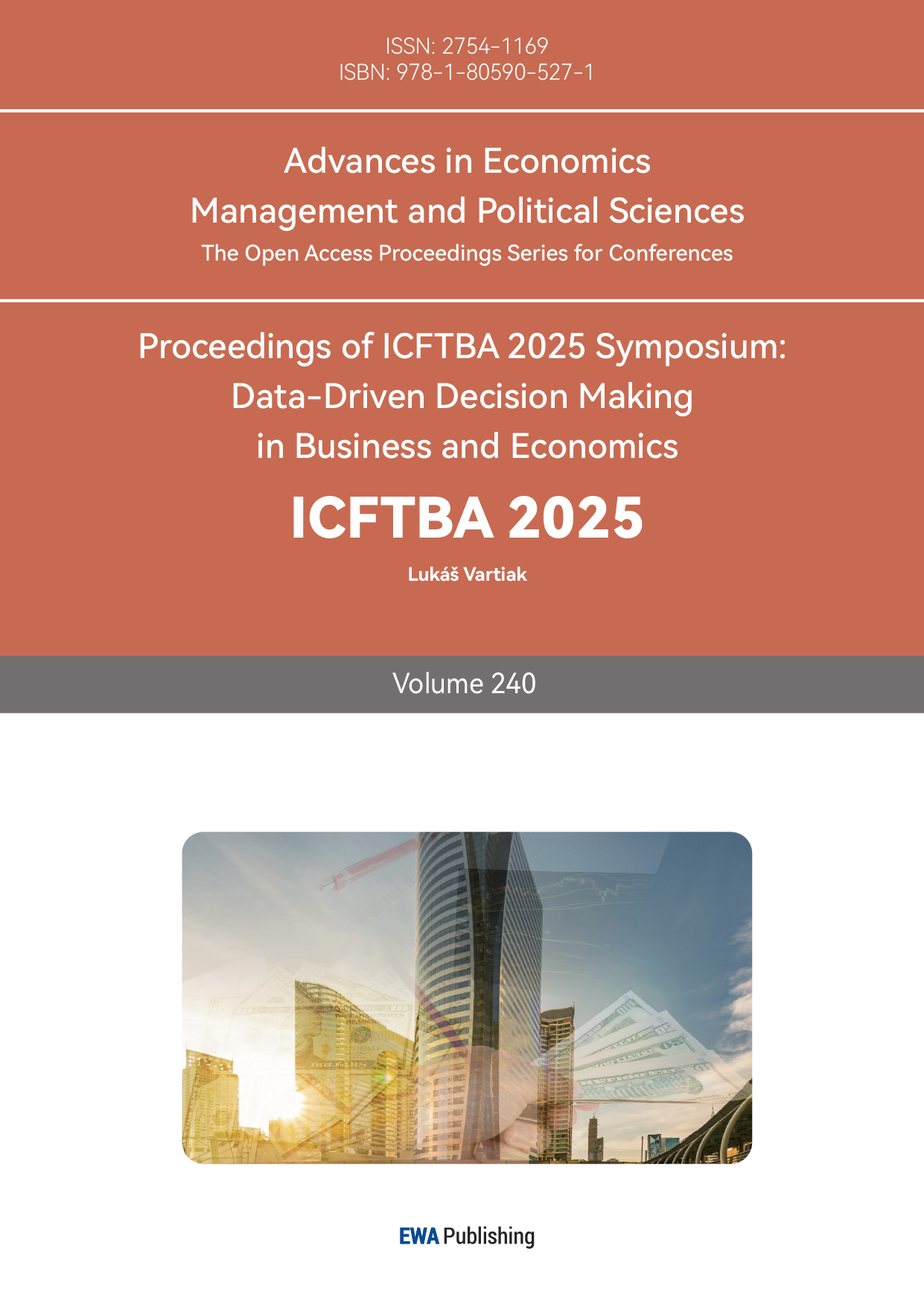References
[1]. Wong, K., Chan, H., Lee, M. and Ho, J. (2024) Exploring Customer Segmentation in E-Commerce Using RFM Analysis with Hierarchical Clustering. Journal of Telecommunications and the Digital Economy, 12, 45–62.
[2]. Zhao, Y. and Balagué, C. (2023) Customer Lifetime Value Prediction in E-Commerce: A Deep Learning Approach. Journal of Business Research, 154, 113–125.
[3]. Haddadi, A., Rahimi, M., Shafiei, S. and Karami, A. (2025) A Hybrid Model for Improving Customer Lifetime Value. Information Sciences, 678, 119-134.
[4]. Sun, Y., Li, H., and Wang, J. (2024) A Dynamic Customer Segmentation Approach by Combining LRFMS and Time-Series Clustering. Expert Systems with Applications, 241, 12-23.
[5]. Zhang, R., Liu, P., and Chen, Q. (2025) Customer Segmentation Using RFM and K-Means Clustering to Support CRM in Retail Industry. Decision Support Systems, 172, 114-151.
[6]. Vo, N., Pham, T., and Nguyen, L. (2025) Automatic K-Optimization and RFM-Based K-Means for Customer Segmentation. ACM Transactions on Management Information Systems, 13, 67–85.
[7]. Wang, L., Zhou, Y., and Fang, M. (2025) Data-driven Strategic Customer Segmentation Considering Behavioral Dynamics. Information Sciences, 701, 120-122.
[8]. Liu, J., Wang, R., and Zhang, X. (2025) Unveiling Consumer Patterns with Machine Learning: From RFM to Deep Clustering. Applied Intelligence, 63, 1123–1142.



